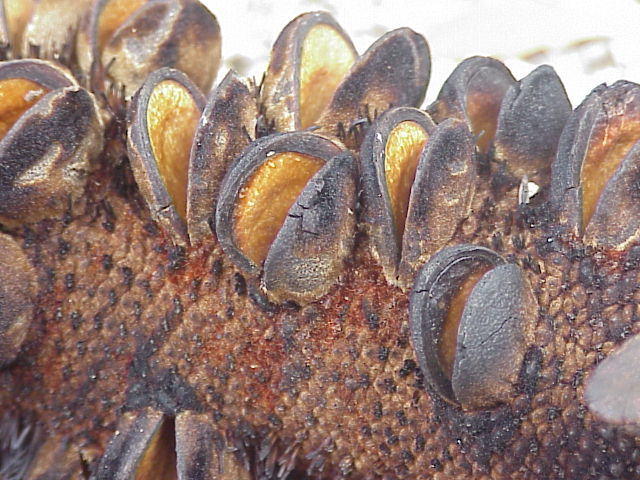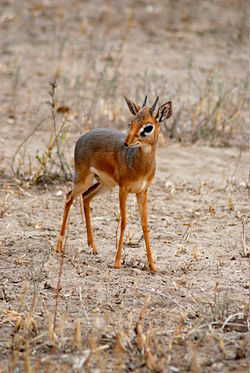hello, these are notes for today's test. sorry if it doesn't make too much sense.
S.I. Units:
- mass - kg
- distance - m(eters)
- velocity - ms
-1 or m/s (meters / seconds)
- acceleration - m/s / s = m/s2
- power - J(oules) / S = watt
- Janzen-Connell model proposes the maintenance of this diversity is the result of two mechanisms: mortality of seeds and seedlings increases as seed/seedling density increases and survival of seeds and seedlings increases as distance from the parent tree increases. The hypothesis suggests that these two mechanisms are chiefly driven by the predation of natural enemies, particularly herbivores, insects, and pathogens, on seeds and seedlings. The Janzen-Connell hypothesis states that density-responsive and distance-responsive predation on seeds and seedlings promotes regular spacing of species and creates opportunity for colonization by other species, thus enhancing forest diversity.
- New Zealand has no native land mammals! they were all drowned before New Zealand rose again out of the water!
- Dispersal
Plants - passive: wind water air
by animals carrying them away
ballistic dispersal expolsions
Animals - active (flying, walking)
passive (wind water)
"phorsey" - hitchhiking e.g. fleas
- Barriers to Dispersal:
-
physical (mountains)
- climate
- ecological
- Ecological succession, a fundamental concept in
ecology, refers to more-or-less predictable and orderly changes in the composition or structure of an ecological
community. Succession may be initiated either by formation of new, unoccupied habitat (
e.g., a
lava flow or a severe
landslide) or by some form of
disturbance (
e.g. fire, severe
windthrow,
logging) of an existing community. Succession that begins in areas where no
soil is initially present is called
primary succession, whereas succession that begins in areas where soil is already present is called
secondary succession.
Primary succession is one of two types of
ecological succession and
biological succession of plant life, and occurs in an environment in which new
substrate, devoid of vegetation and usually lacking soil, is deposited (for example a lava flow).
Secondary succession is one of the two types of
ecological succession of plant life. As opposed to
primary succession, secondary succession is a process started by an event
[1] (e.g.
forest fire,
harvesting,
hurricane) that reduces an already established
ecosystem (e.g. a forest or a wheat field) to a smaller population of species, and as such secondary succession occurs on preexisting
soil where as primary succession usually occurs in a place lacking soil.
the Eastern side of Lake Michigan is covered with sand... including sand dunes that are 200 ft. high!
edaphic refers to plant
communities that are distinguished by
soil conditions rather than by the climate. Edaphic plant communities include:
climatic climax community, is a biological
community of
plants and
animals which, through the process of
ecological succession — the development of vegetation in an area over time — has reached a steady state. This equilibrium occurs because the climax community is composed of species best adapted to average conditions in that area. The term is sometimes also applied in
soil development.
The idea of a single
climatic climax, which is defined in relation to regional climate, originated with
Frederic Clements in the early 1900s. The first analysis of succession as leading to something like a climax was written by
Henry Cowles in 1899, but it was Clements who used the term "climax" to describe the idealized endpoint of succession.
Gleason began to express significant doubts on the usefulness of some of Clements's widely-employed vocabulary, especially the use of the organism
metaphor to describe the growth of vegetation, and the treatment of the units of vegetation as including climaxes. (What units should be used in the analysis of vegetation was a widely disputed issue in early twentieth-century ecology.) In 1926, Gleason expressed even stronger objections to Clements's theory. First, he argued that Clements's identification of particular
kinds of vegetation assumed too much
homogeneity, since areas of vegetation are actually similar to one another only to degrees. Second, he argued that Clements's associating particular vegetation types with particular areas underestimated the real diversity of vegetation. These objections together cast doubt, for Gleason, on the "integrity of the
association concept" itself—on identifying any grouping of species as amounting to a nameable association, like "oak-maple association," as botanists and ecologists (including Gleason himself) normally had.
As an alternative to describing vegetation in terms of associations, Gleason offered "the Individualistic concept of ecology," in which "the phenomena of vegetation depend completely upon the phenomena of the individual" species (1917), and plant associations are less structured than he thought Clements's theory maintained. At times, Gleason suggested that the distribution of plants approaches mathematical randomness.
A
superorganism is an
organism consisting of many organisms. This is usually meant to be a
social unit of
eusocial animals, where
division of labour is highly specialised and where individuals are not able to survive by themselves for extended periods of time.
Ants are the best-known example of such a superorganism, while the
naked mole rat is a famous example of the
eusocial mammal. The technical definition of a superorganism is "a collection of agents which can act in concert to produce phenomena governed by the collective,"
phenomena being any activity "the hive wants" such as ants collecting food or bees choosing a new nest site.

 Here are a few photos from today's field study. As you can see, it was very boring. We all stayed around our
Here are a few photos from today's field study. As you can see, it was very boring. We all stayed around our  individual group 2 x 2 meter plots that were interspersed w/ sunflowers and grass, awaiting the arrival of the bumblebee. When it flew into our plot we were supposed to track it's course measuring time of pollination per flower, angle it used to get to the next flower, etc. & then we spent 4 hours in the "mac lab".... while it was sunny out! that pissed me off.
individual group 2 x 2 meter plots that were interspersed w/ sunflowers and grass, awaiting the arrival of the bumblebee. When it flew into our plot we were supposed to track it's course measuring time of pollination per flower, angle it used to get to the next flower, etc. & then we spent 4 hours in the "mac lab".... while it was sunny out! that pissed me off.































